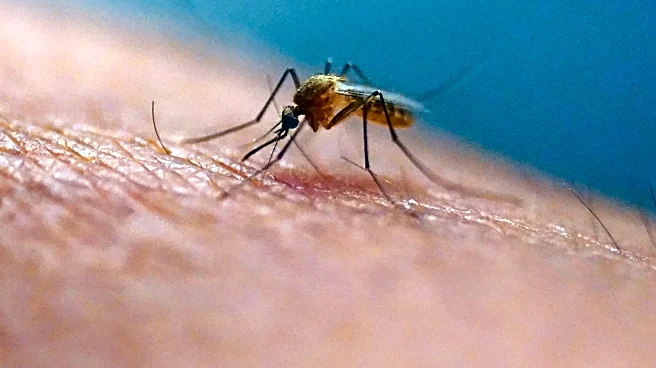What's Happening?
Researchers at the University of California San Diego School of Medicine, along with an international team, have found that ancient hominids, including early humans and great apes, were exposed to lead
far earlier than previously believed. This exposure, dating back up to two million years, may have influenced brain evolution, hindering language and social development in all but modern humans. The study, published in Science Advances, examined fossilized teeth from 51 hominids across Africa, Asia, and Europe, revealing lead traces in 73% of the samples. The findings suggest that modern humans possess a unique genetic variant that may have protected them from lead's detrimental effects, promoting complex language development and social cohesion.
Why It's Important?
The study provides insights into how environmental stressors like lead exposure may have shaped human evolution, potentially giving modern humans an advantage over Neanderthals. The presence of a unique genetic variant in modern humans could explain their ability to develop complex language and social structures, which are crucial for societal organization and communication. Understanding these evolutionary factors can shed light on the development of neurological conditions related to language and intelligence, offering new perspectives on human history and the factors that contributed to the extinction of Neanderthals.
What's Next?
The research team plans to further investigate the genetic mechanisms that allowed modern humans to thrive despite lead exposure. This could involve studying the NOVA1 gene's role in brain development and its interaction with environmental factors. The findings may also prompt discussions on the impact of historical environmental conditions on human evolution, potentially influencing future studies in anthropology and genetics.
Beyond the Headlines
The study raises ethical considerations regarding the impact of environmental toxins on human development and the importance of understanding historical exposure to such elements. It also highlights the need for continued research into the genetic factors that contribute to human resilience and adaptability, which could have implications for addressing modern environmental challenges.













